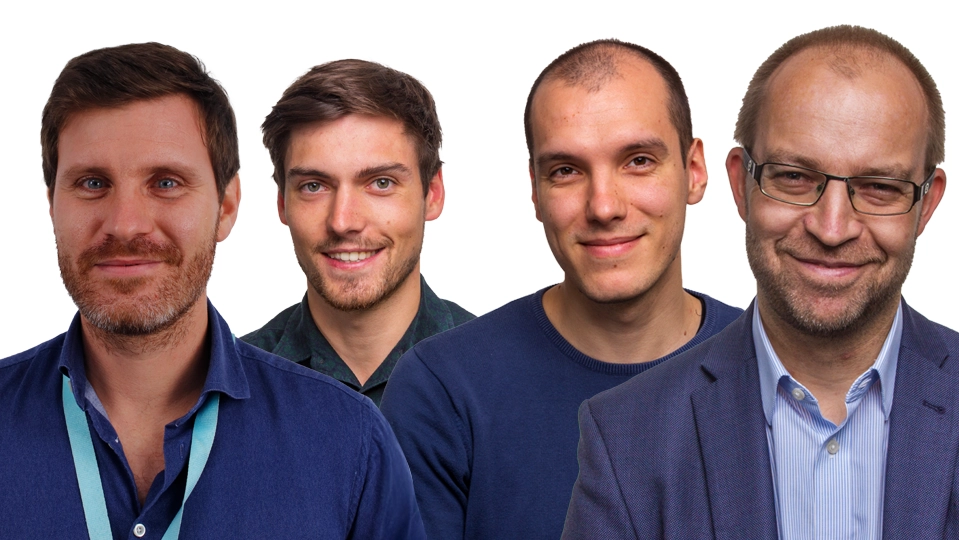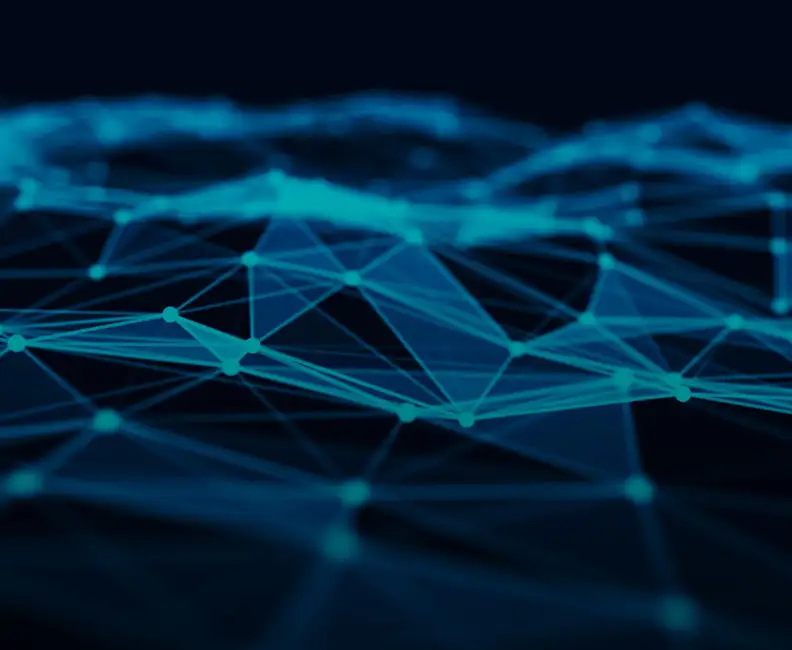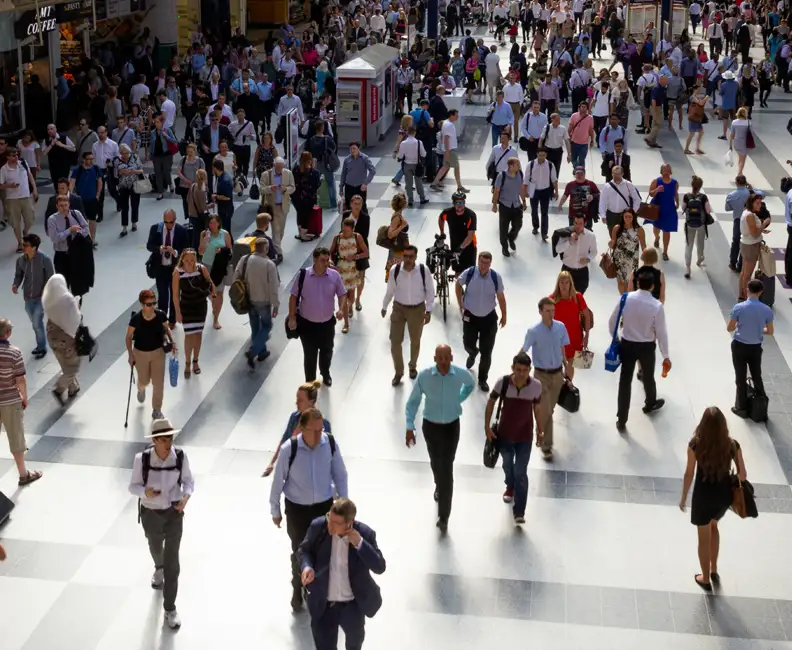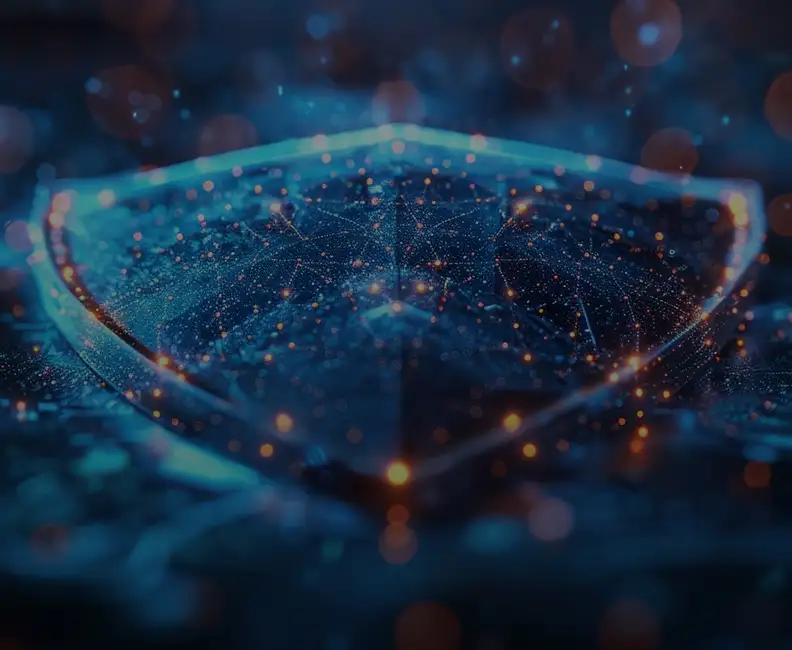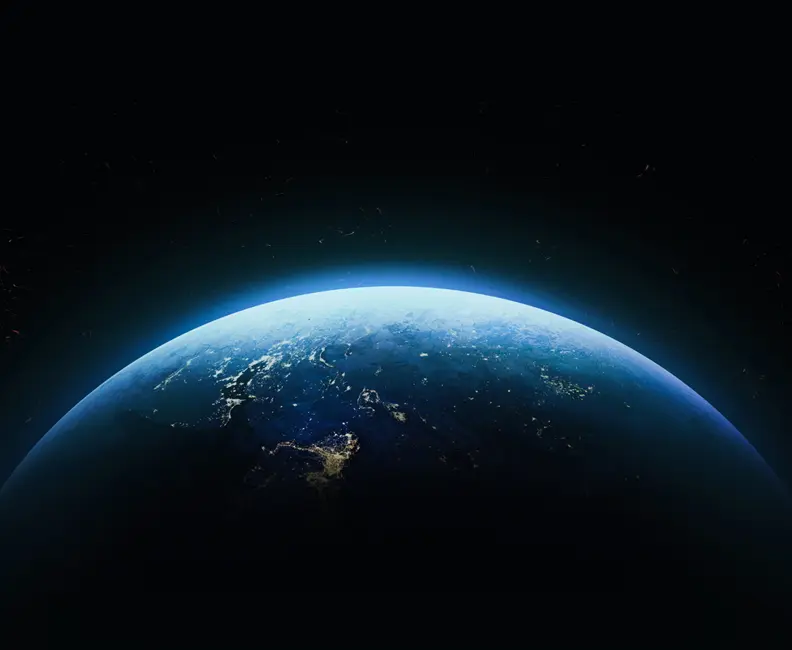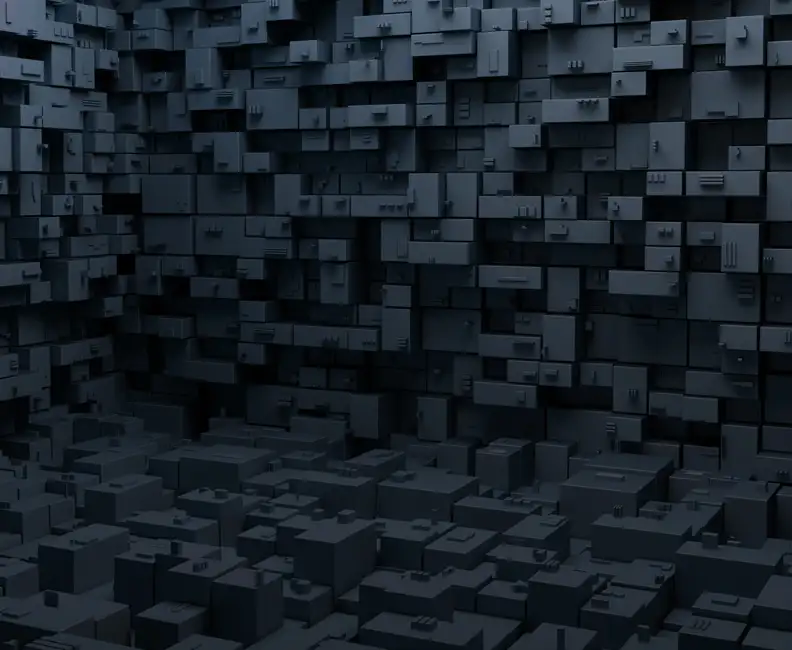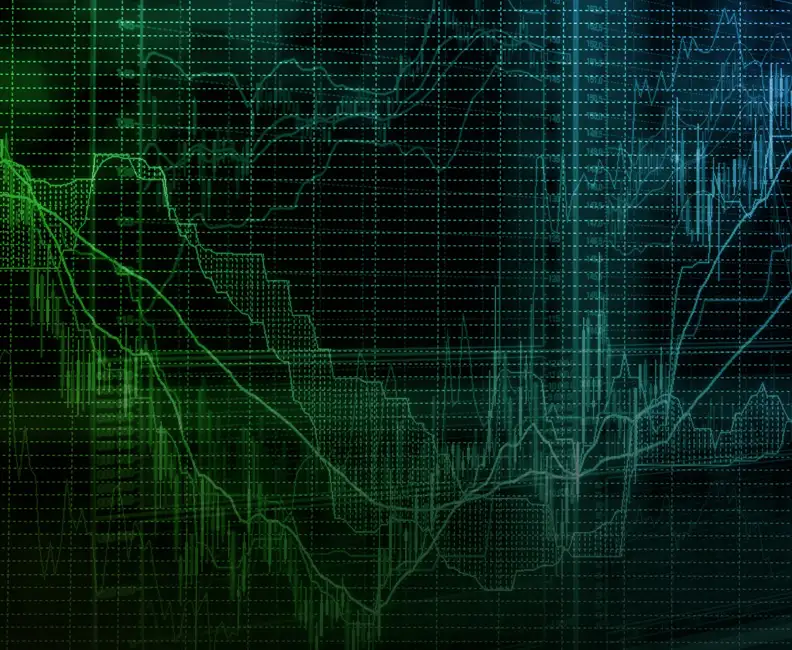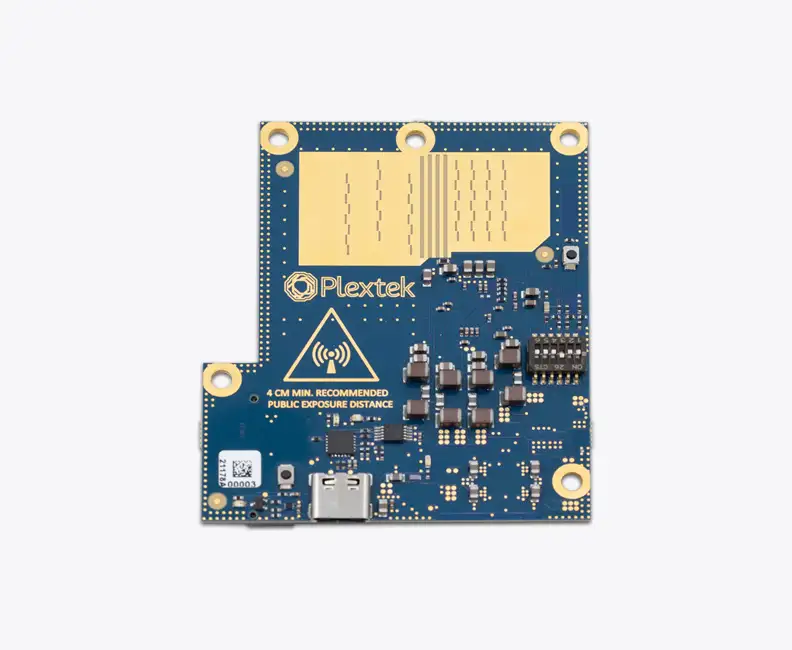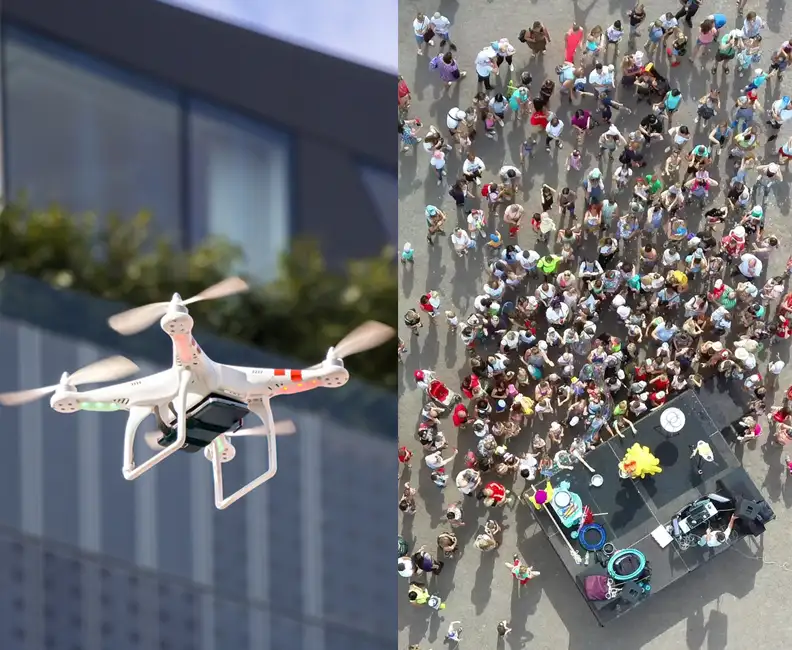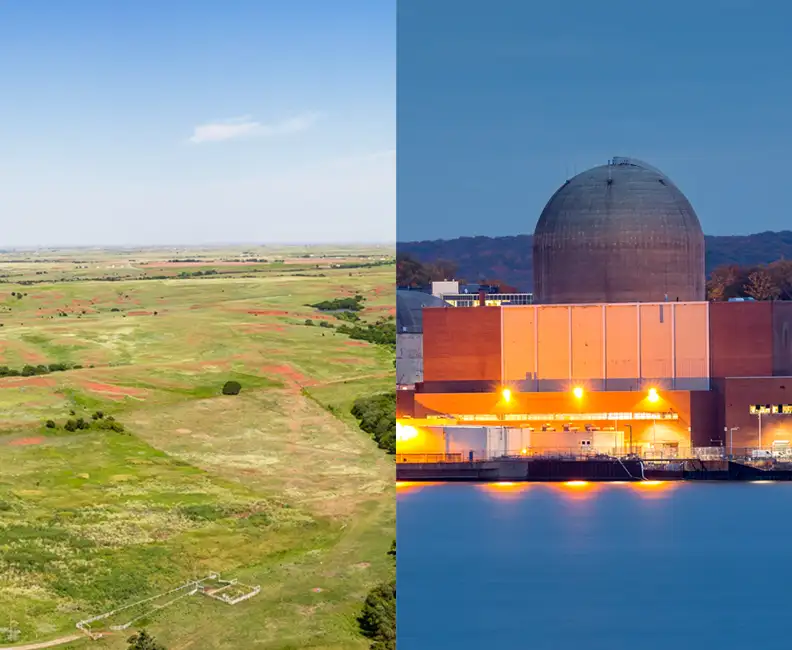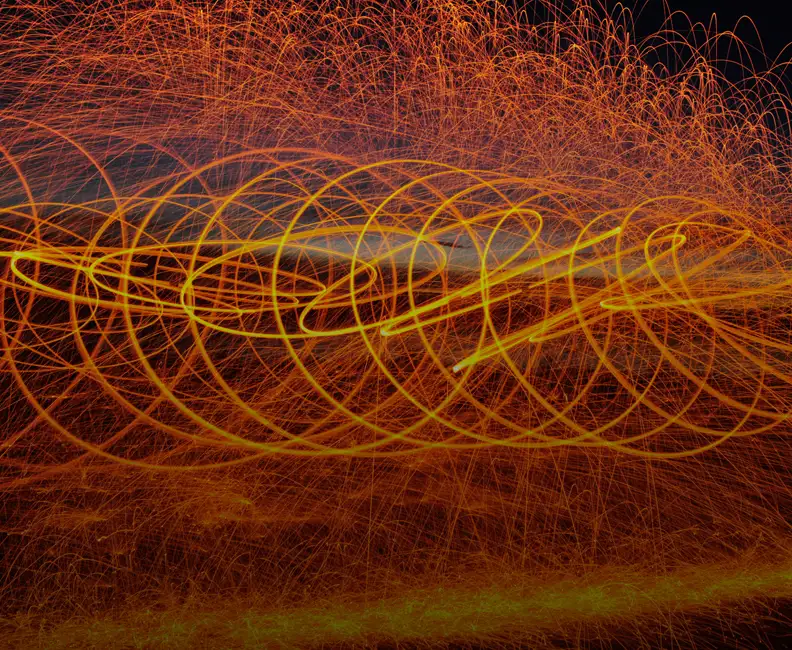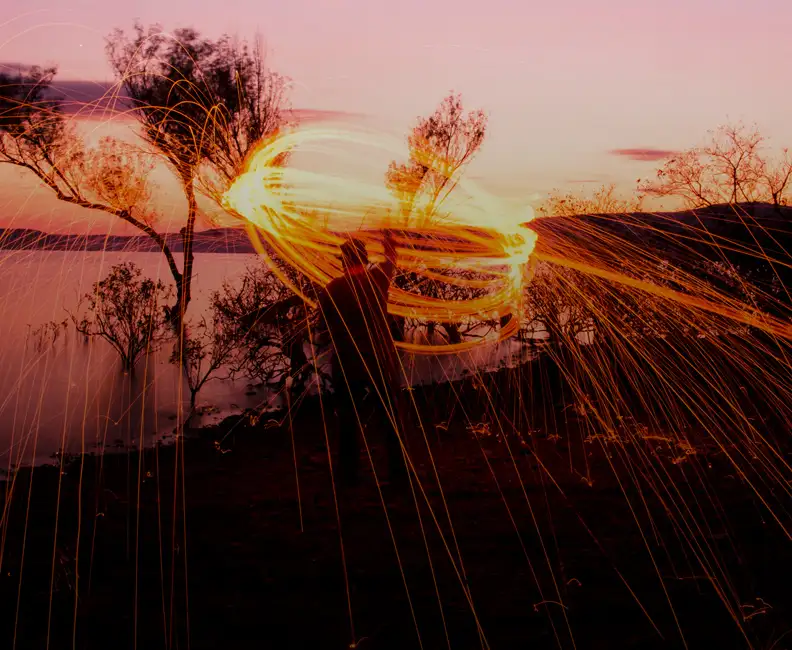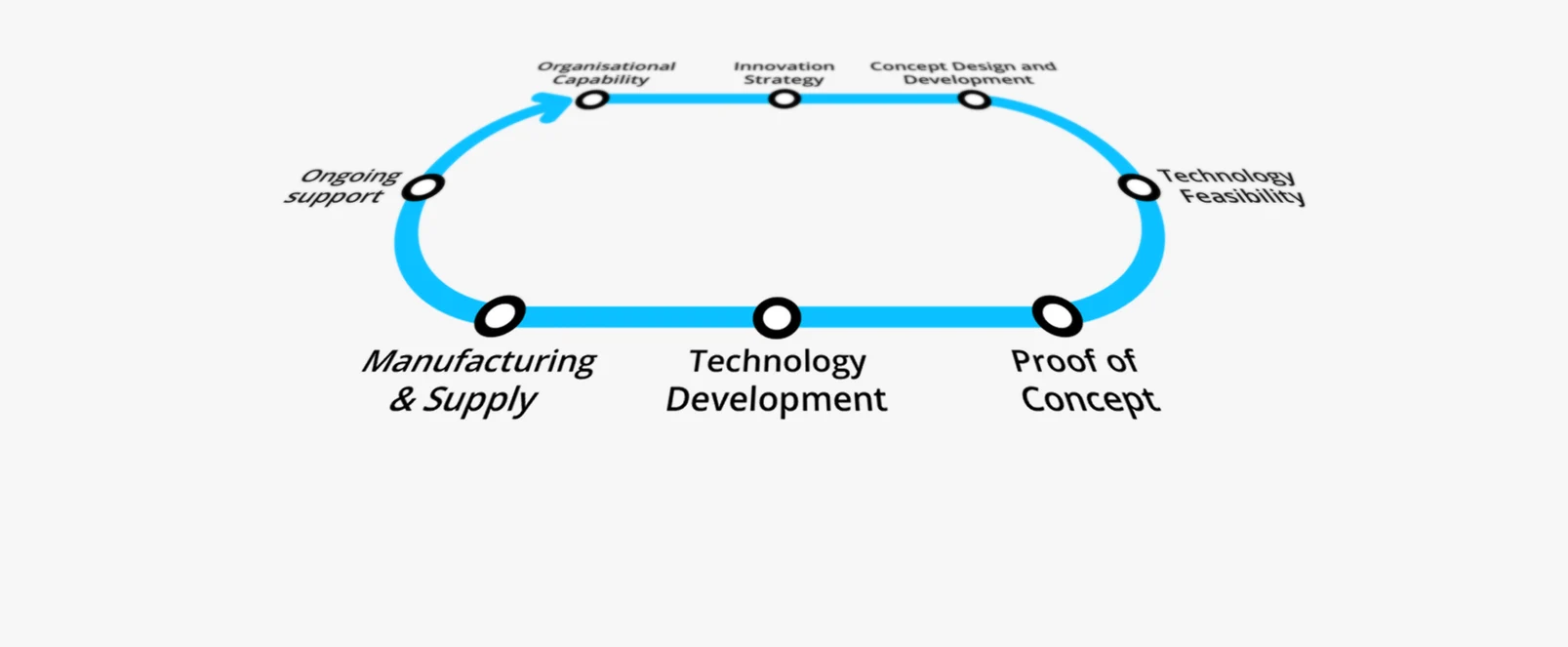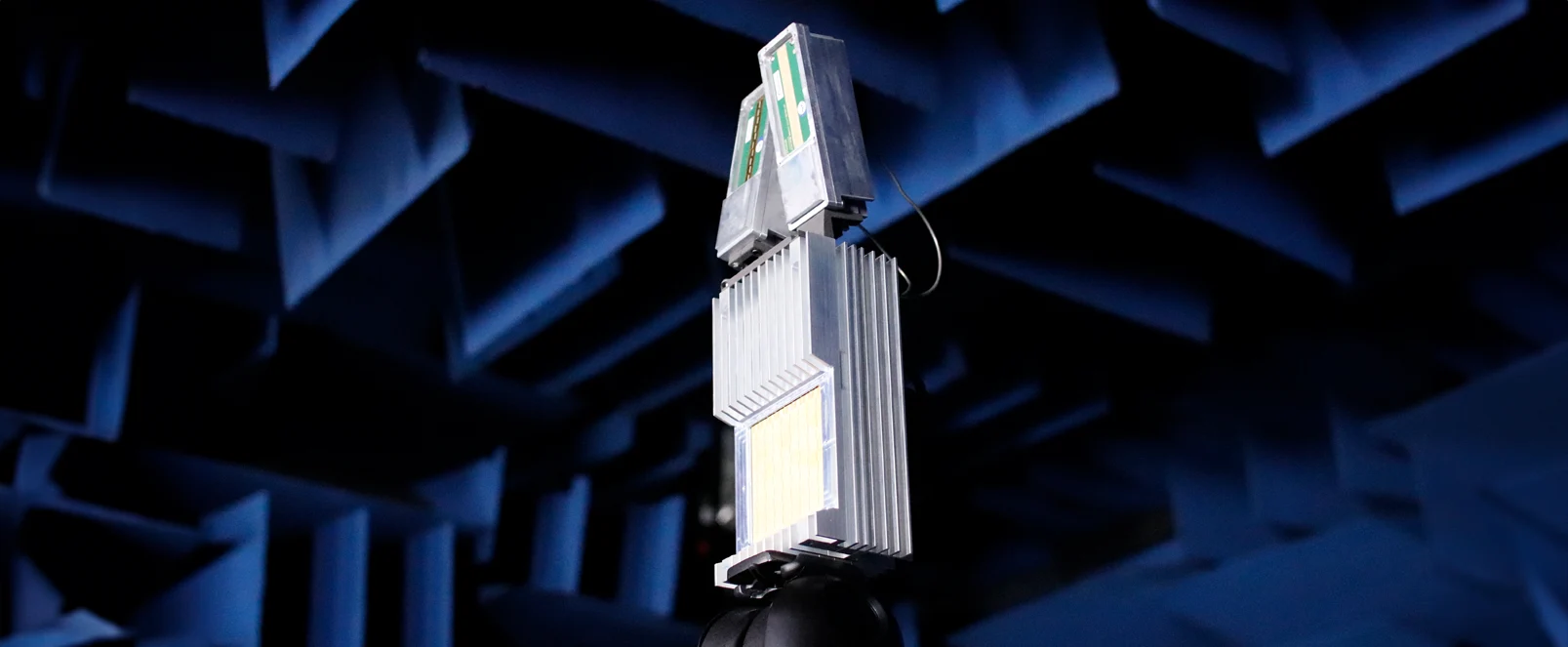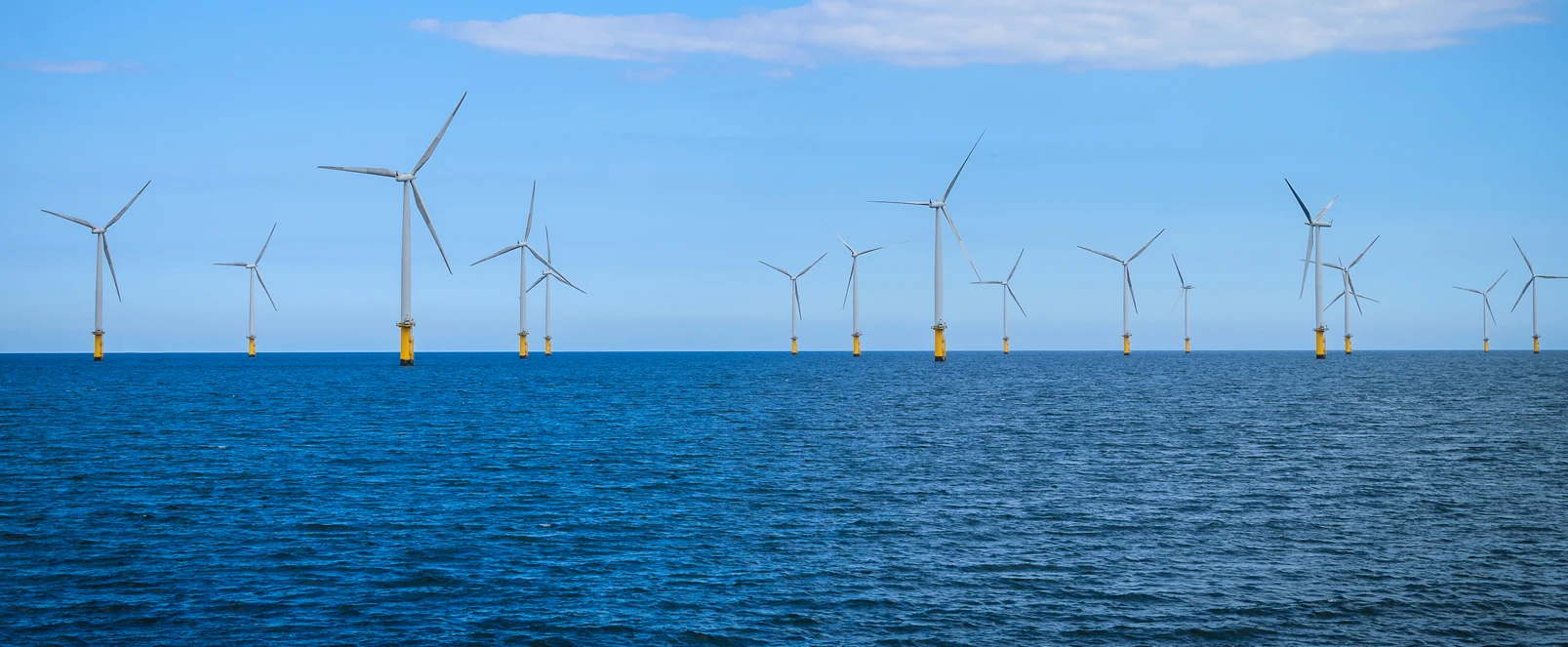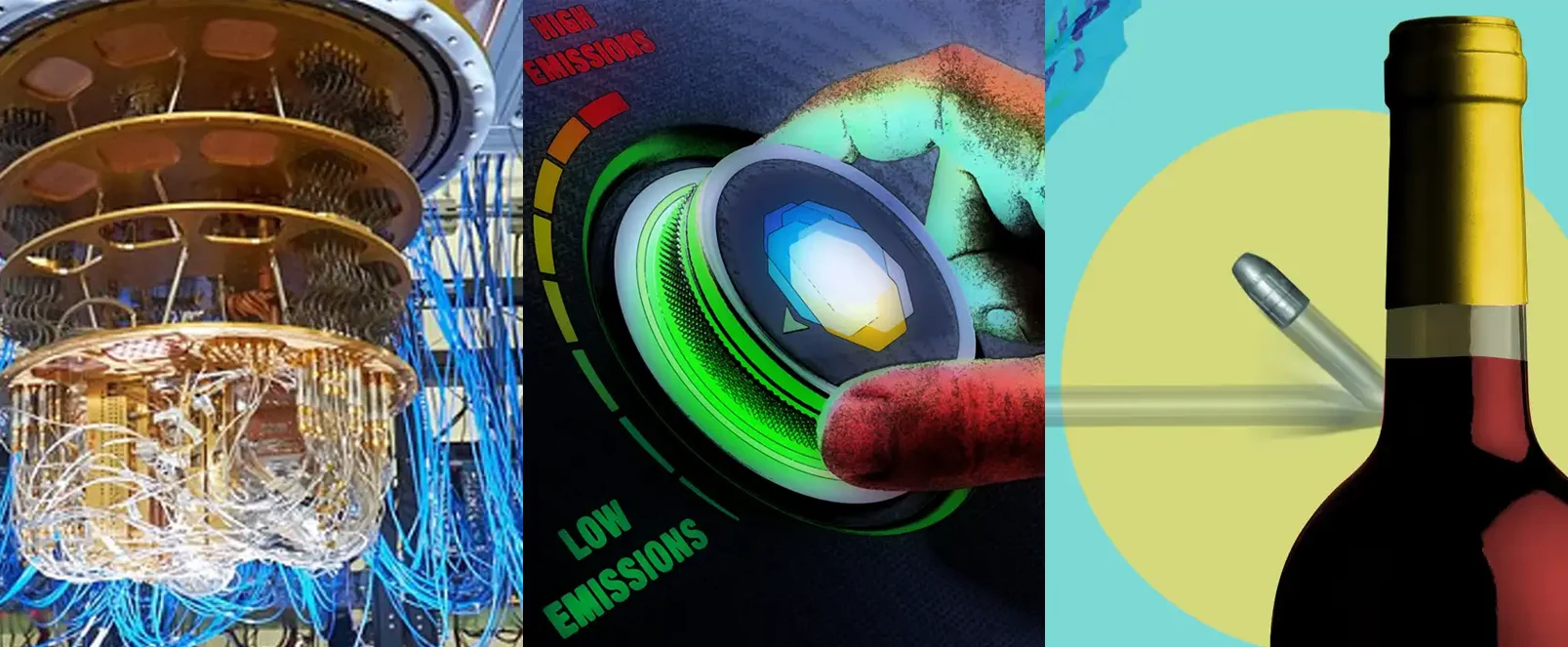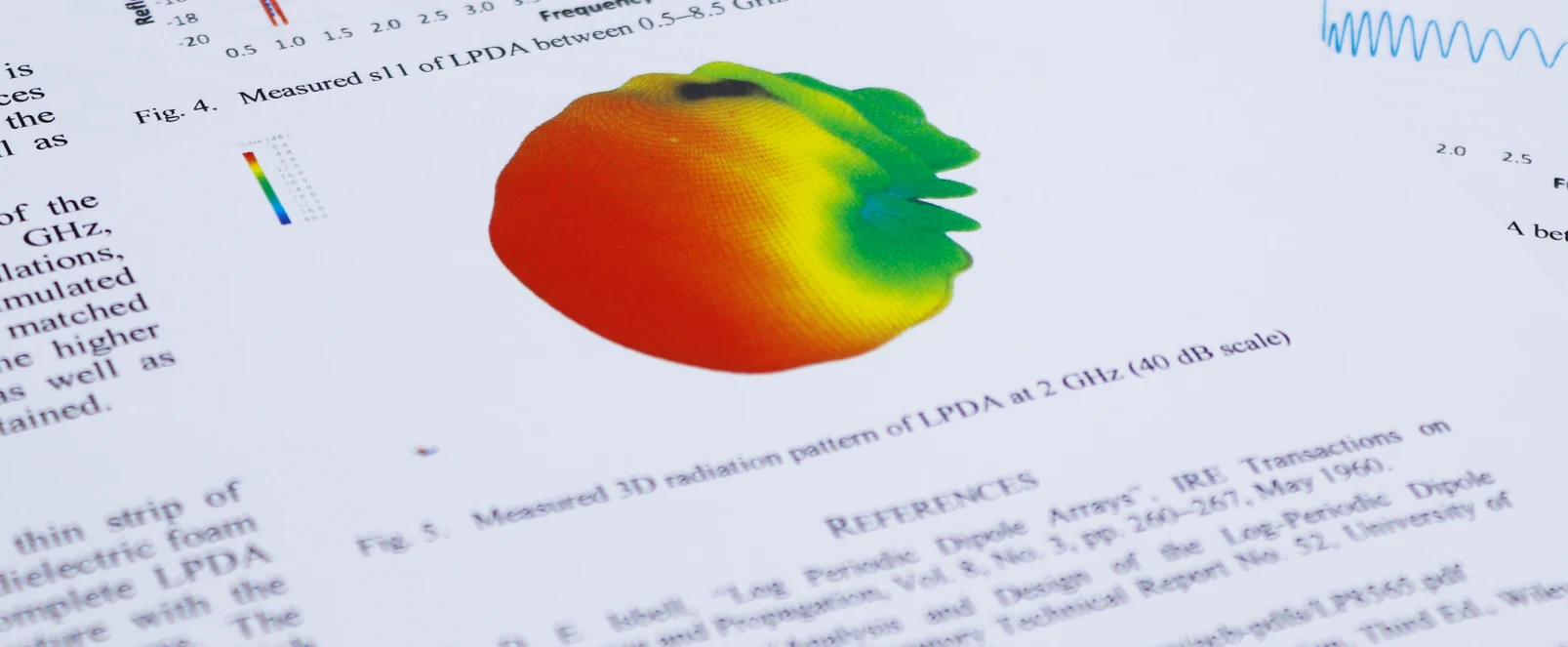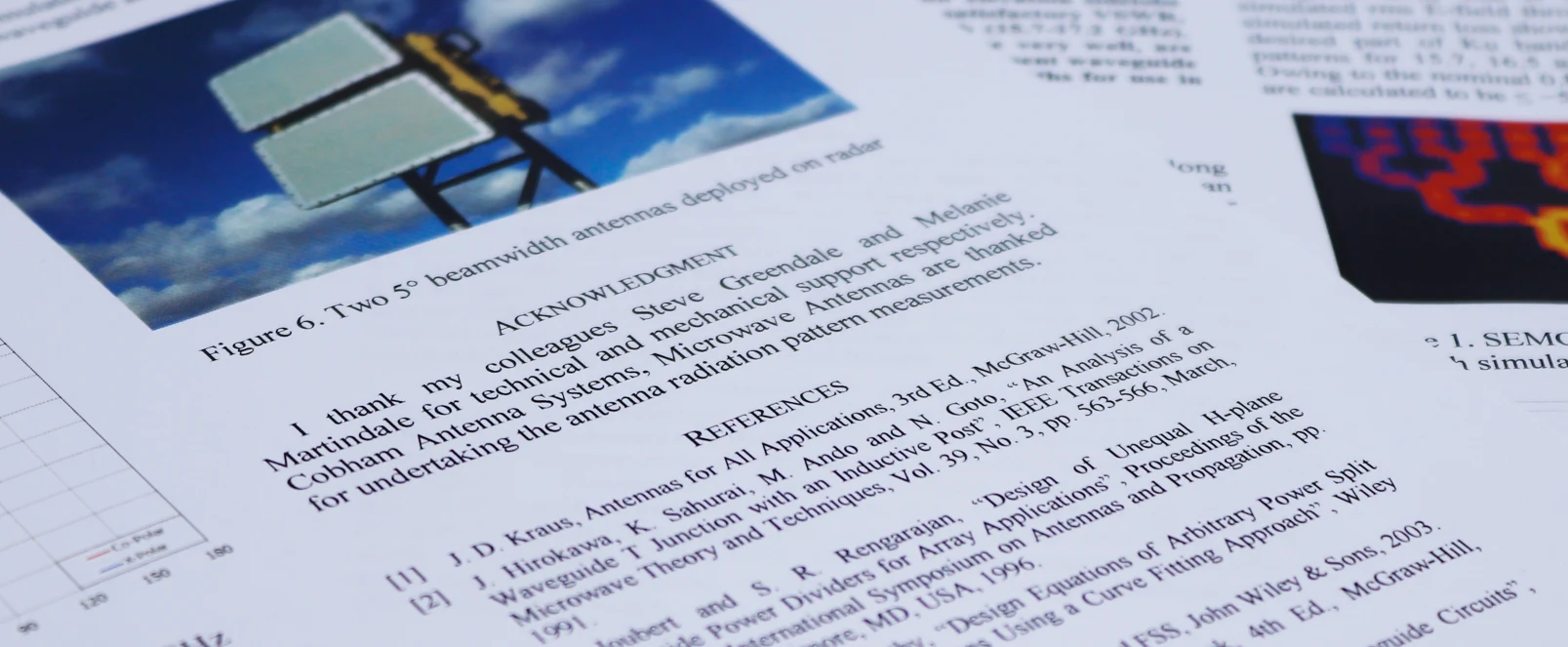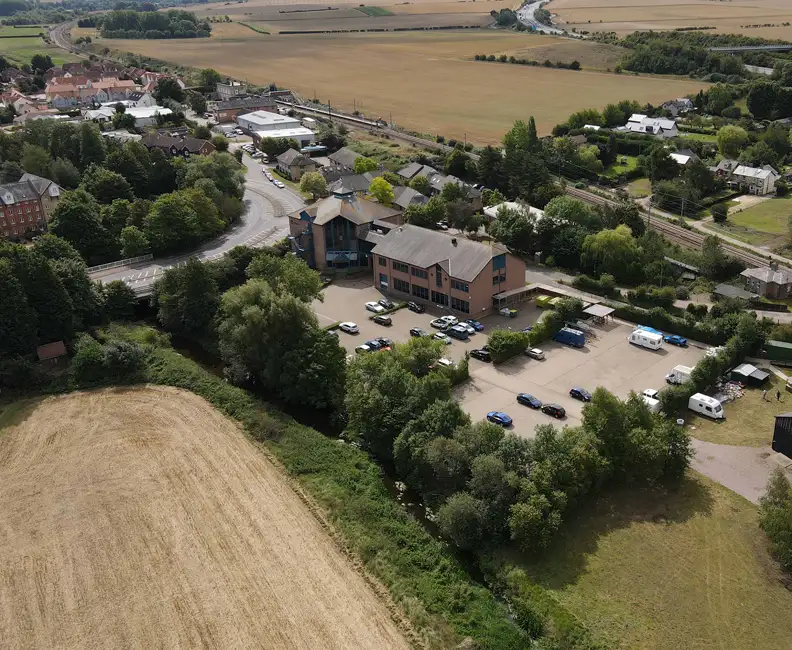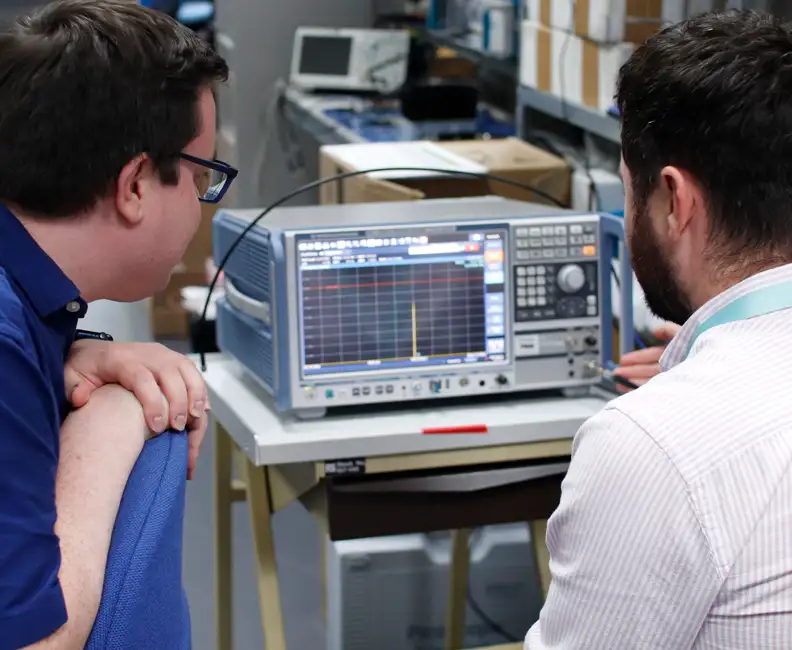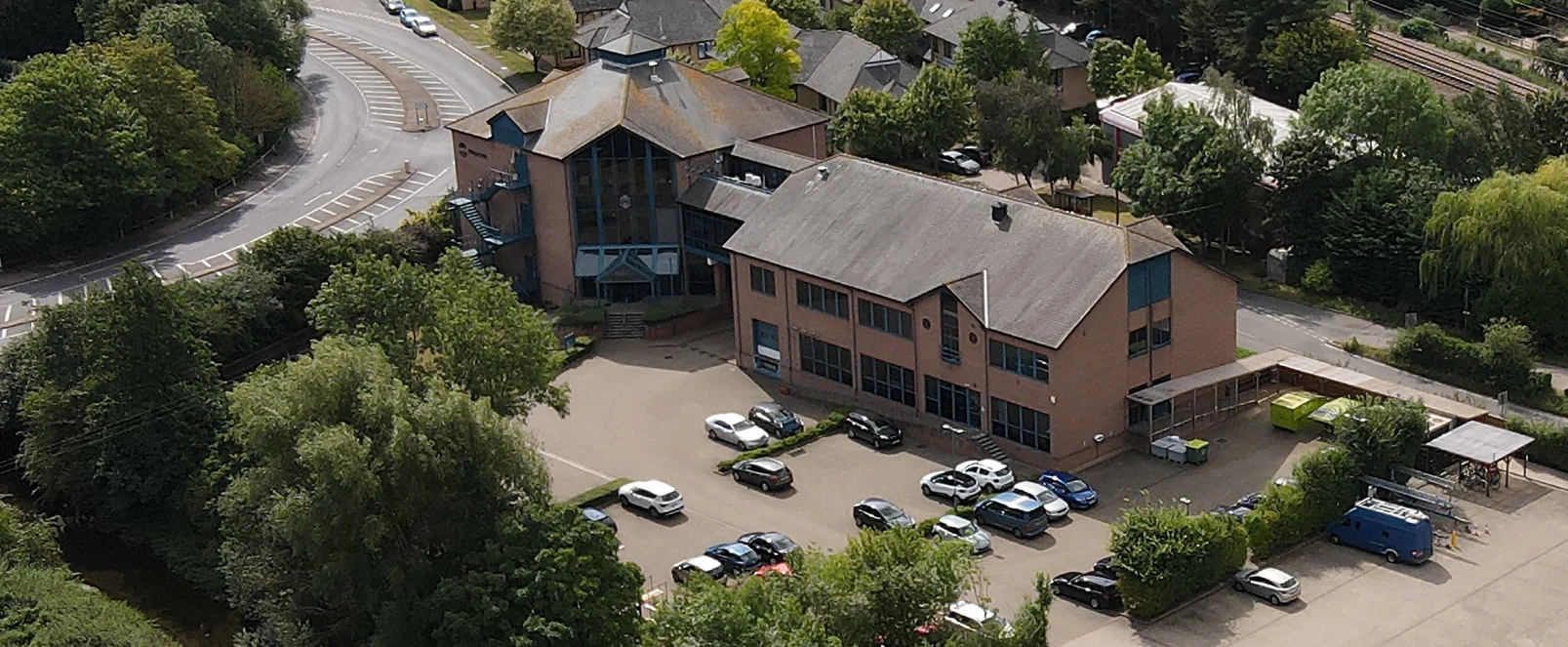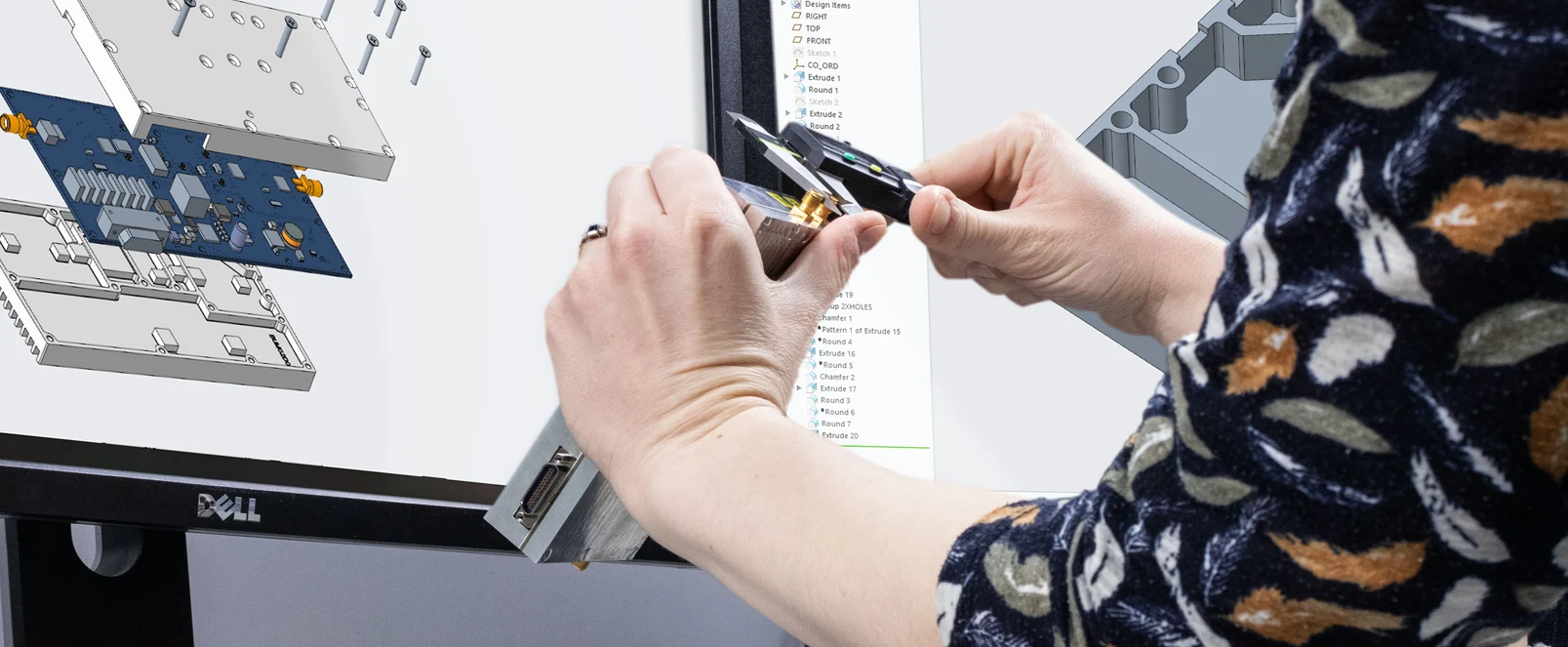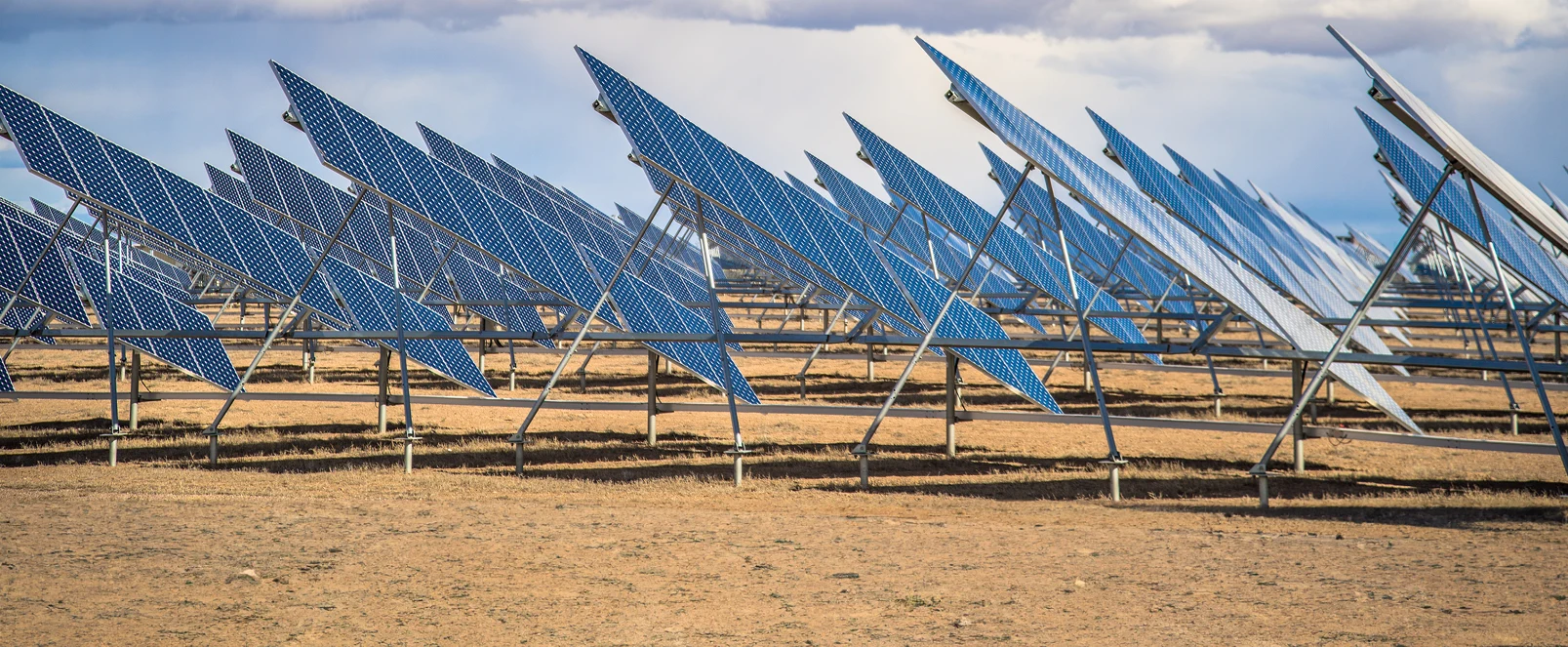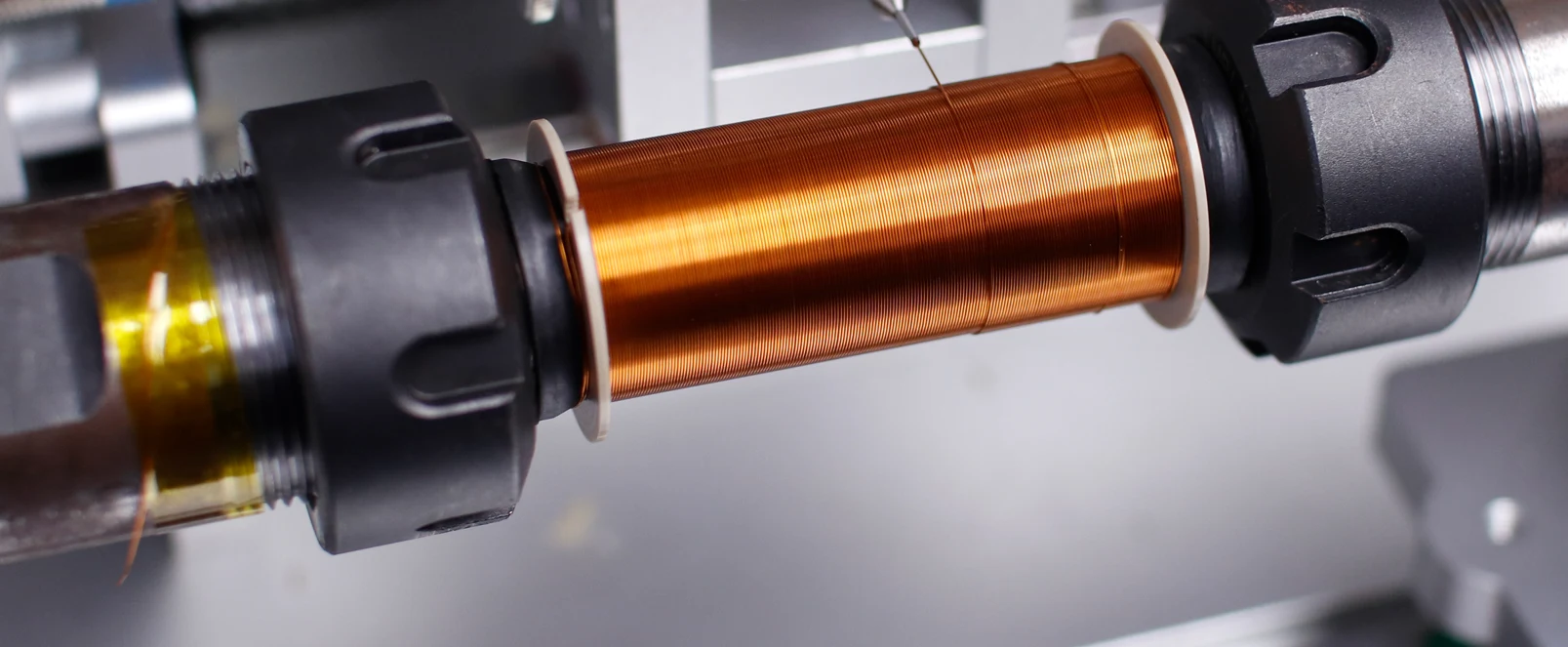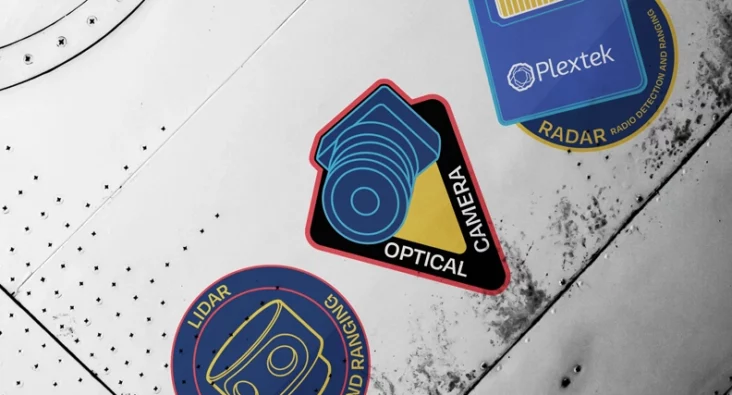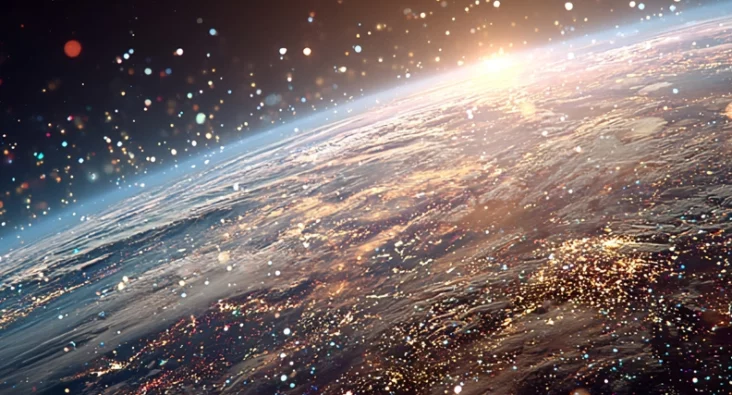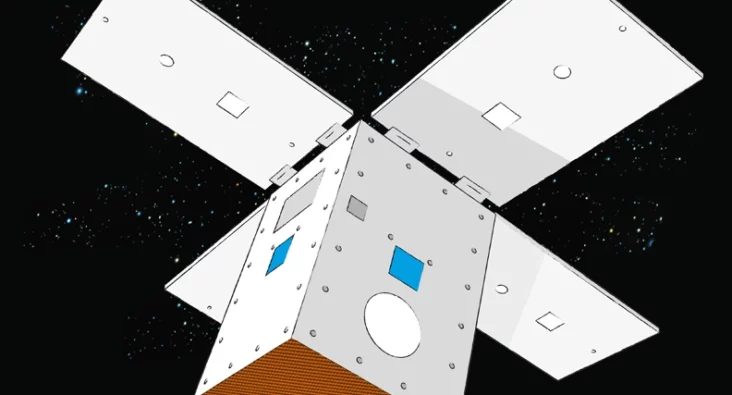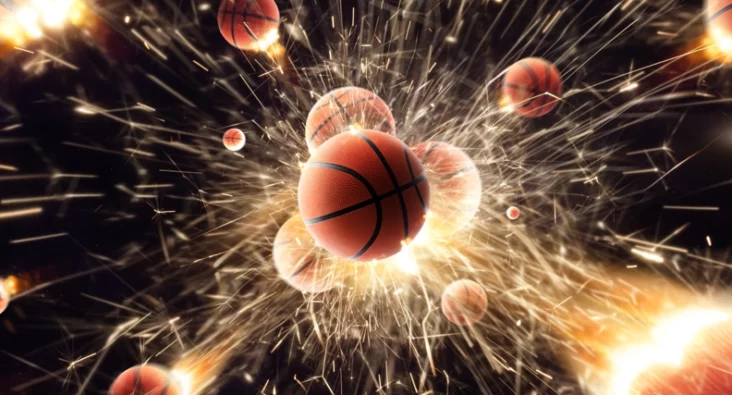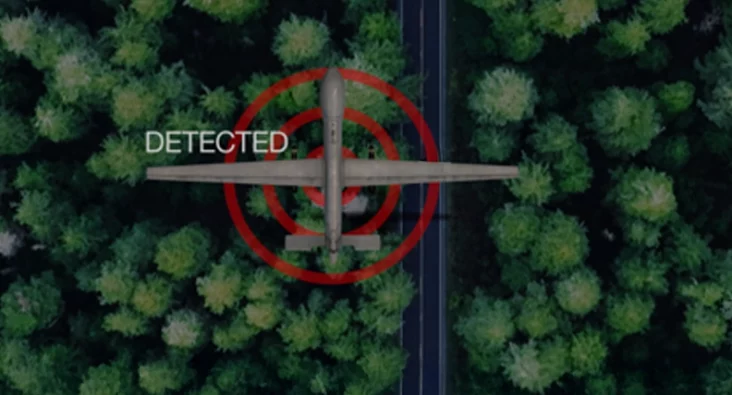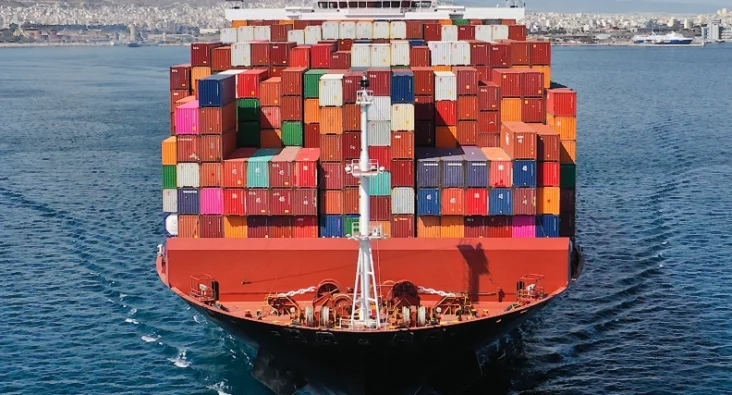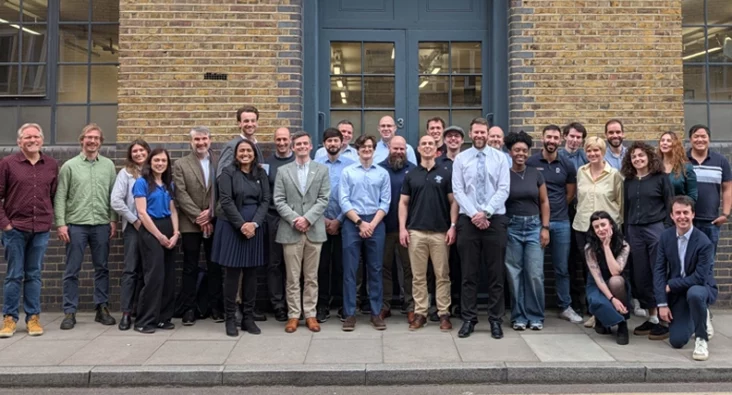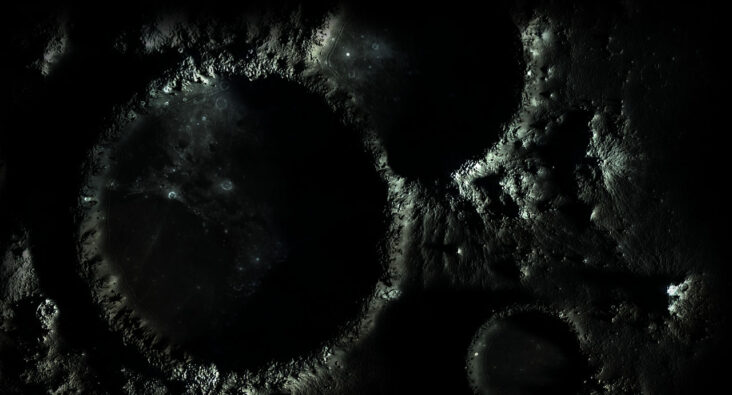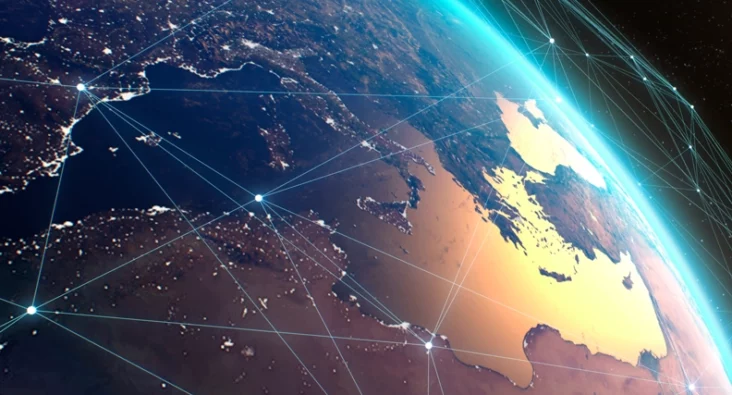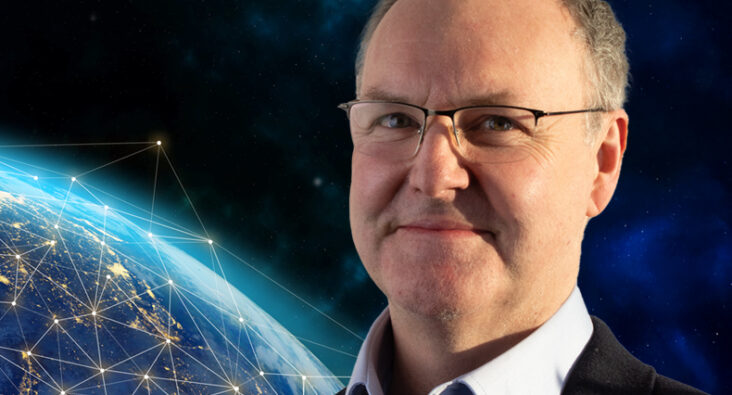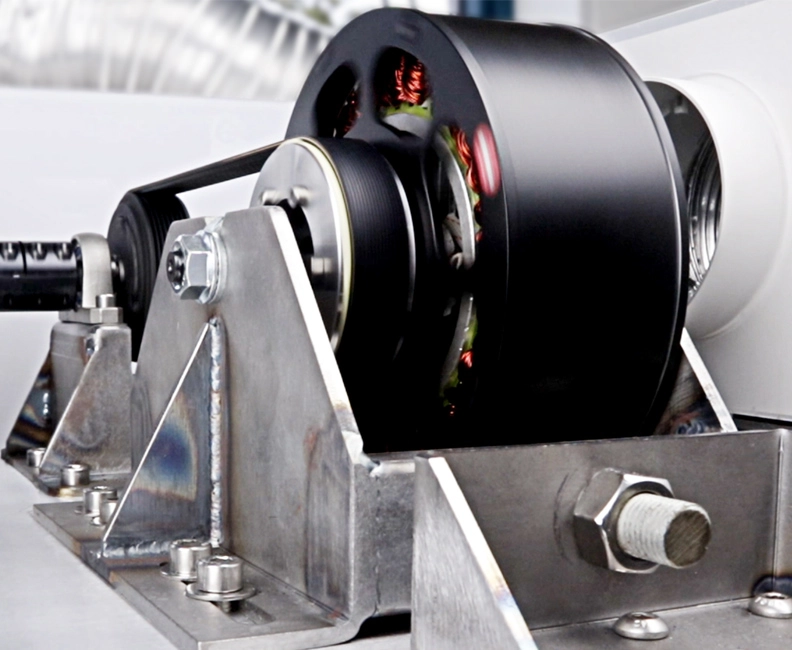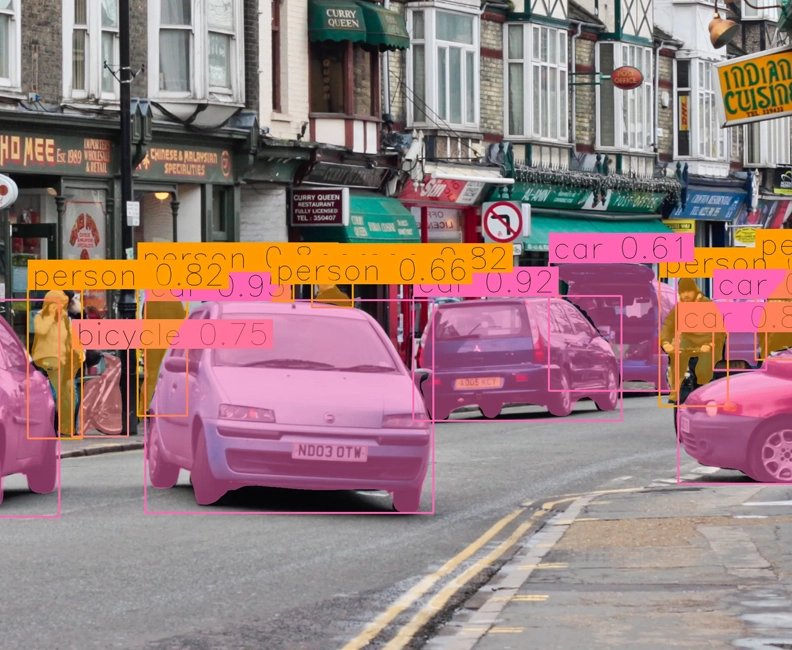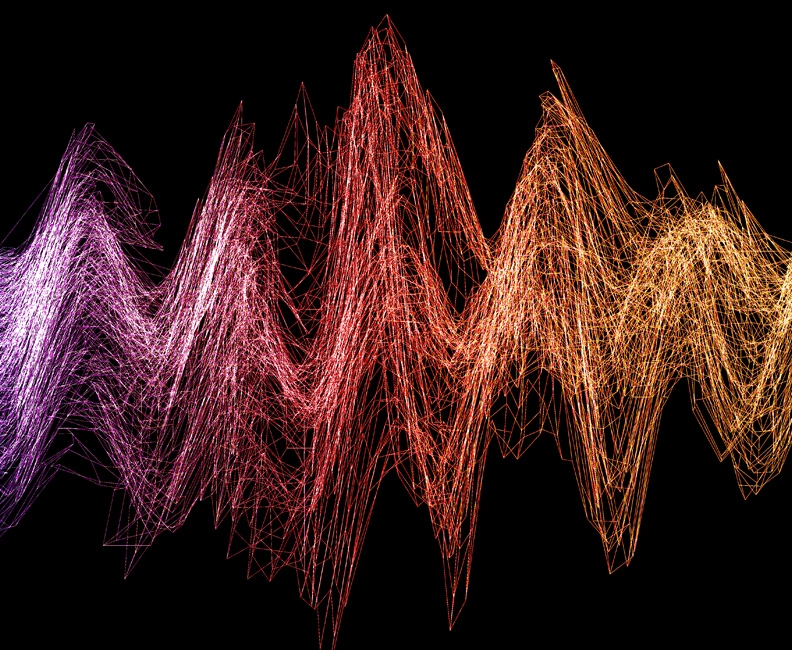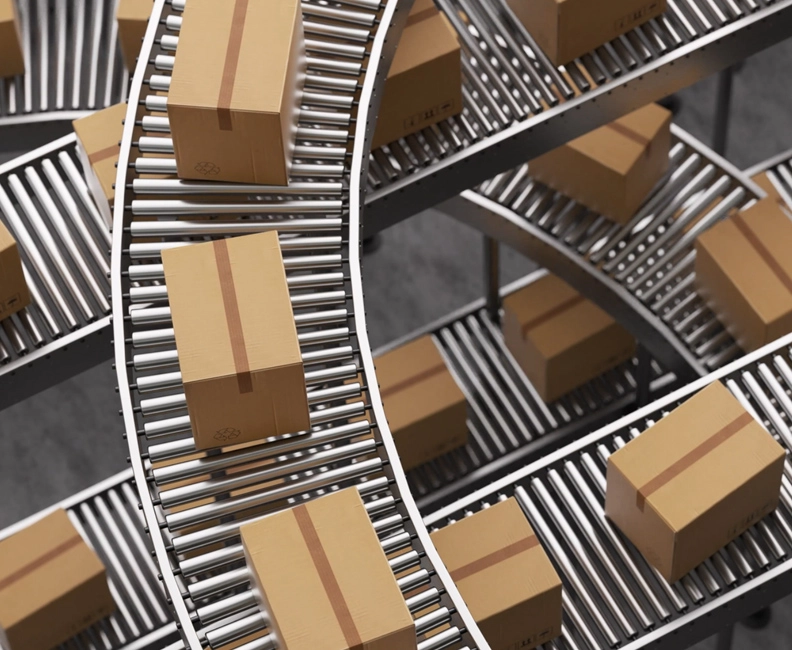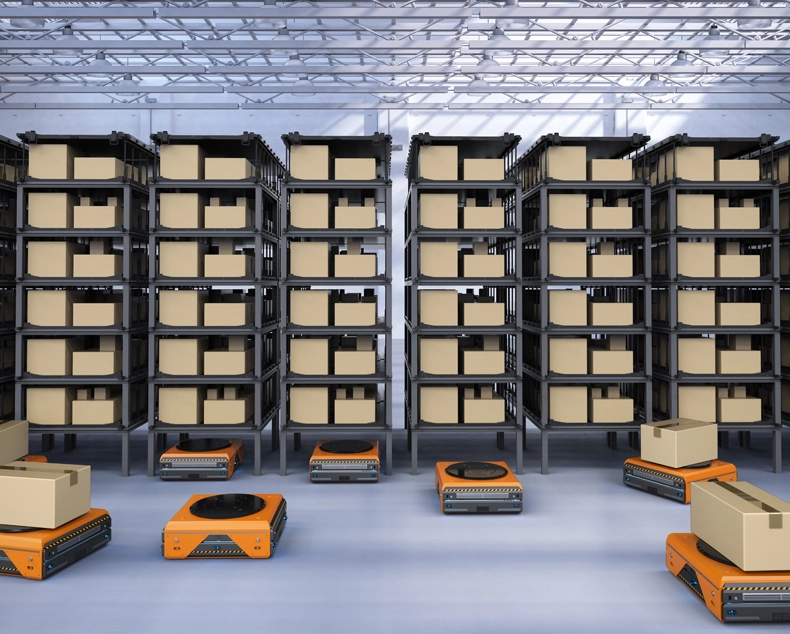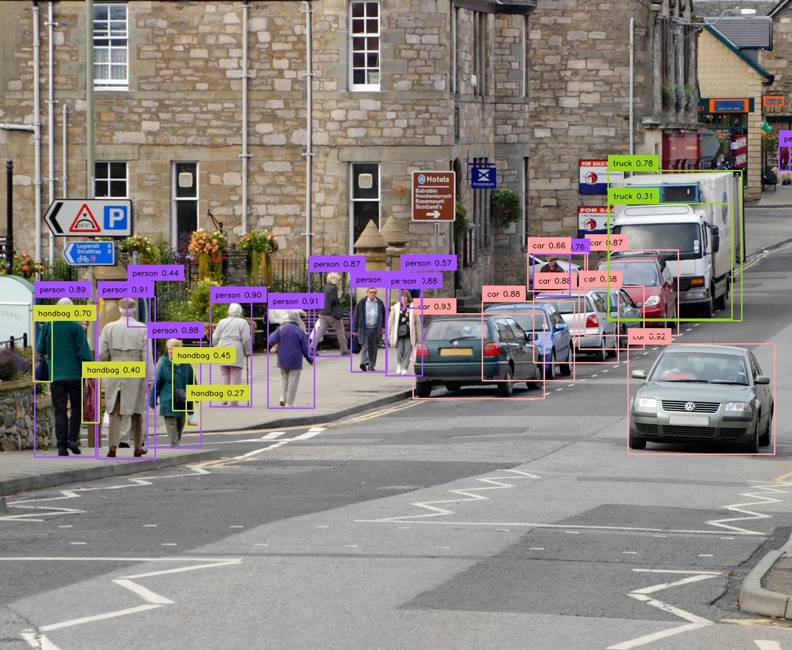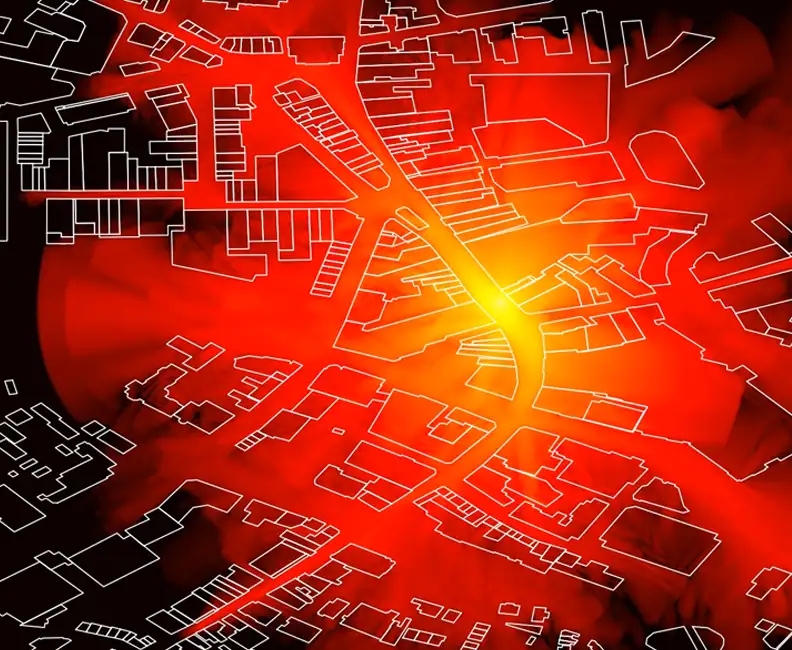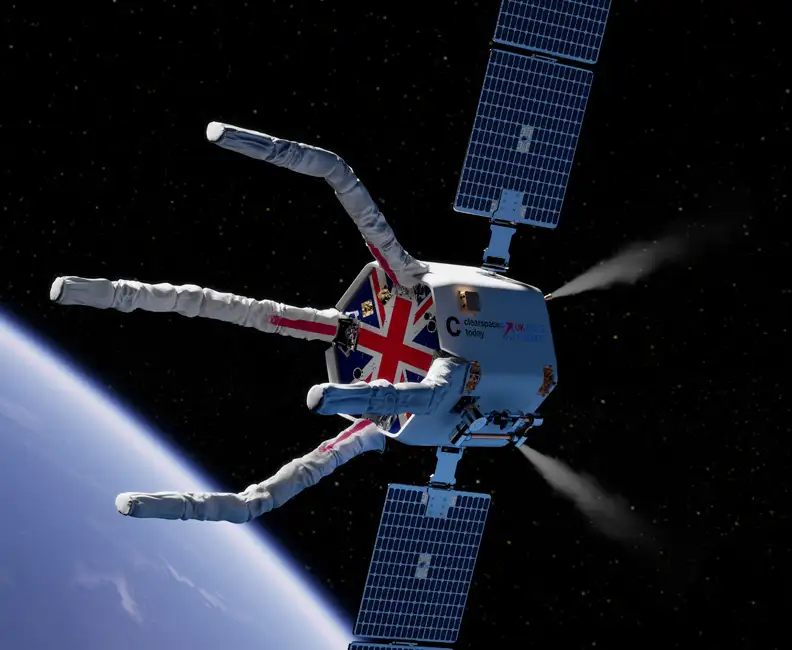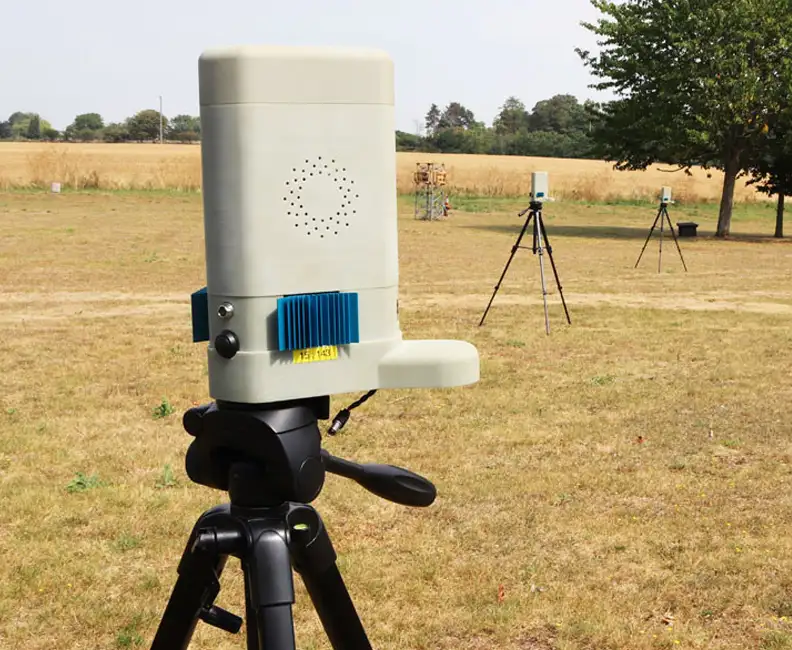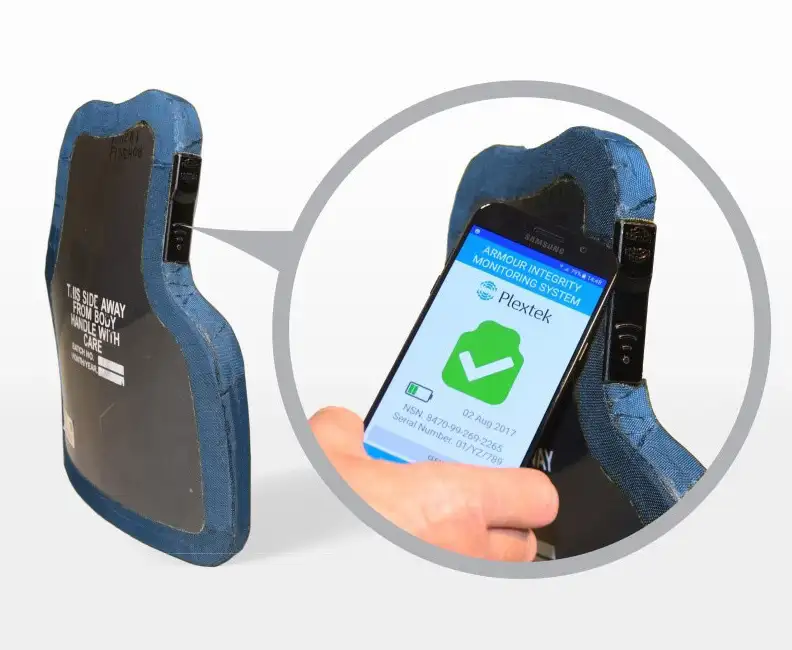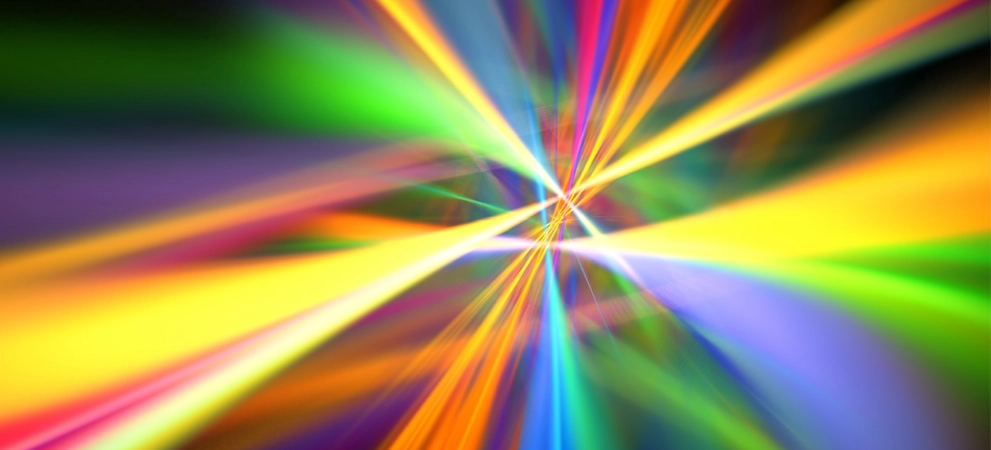
Sensor Fusion
Combining multiple sensors for enhanced environmental awareness and superior system performance
Sensor fusion combines data from multiple sensors to produce a better understanding of the surrounding environment than possible with any single sensor alone. By integrating multiple sensors into a single system, the individual strengths of each sensor can be exploited to mitigate the weaknesses of the others. This results in enhanced performance across applications that require high levels of robustness, reliability and safety.
This sensor fusion approach can produce a combined system greater than the sum of its parts, providing a more comprehensive environmental awareness for autonomous vehicles, robotics, space missions and security applications.
The challenges
Modern sensing applications face environmental and operational challenges that single sensors struggle to address independently:
The Plextek advantage
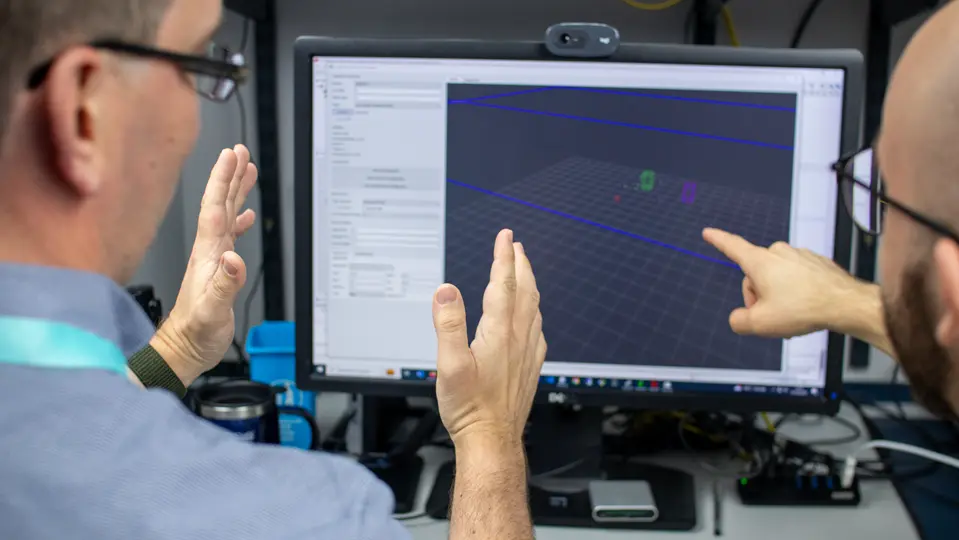
- MIMO Radar Systems
Design and development of Multiple-Input Multiple-Output radars using mmWave technology to produce 4D radars that can measure range and velocity along with azimuth and elevation angles.
- Multi-sensor Integration
Capabilities in radar and other sensors, managing calibration, synchronisation and data volume challenges across different sensor modalities.
- System Integration
Managing size, weight, power consumption and cost constraints while maintaining optimal sensor performance and reliability.
- Environmental Robustness
Designing systems that maintain performance across adverse conditions including low visibility, extreme weather and challenging lighting.
- Algorithm Development
Design of processing algorithms for extracting information from varied raw sensor data.
- Artificial Intelligence & Machine Learning
Training AI models on large sets of sensor data to produce classifiers for different client applications.
- Real-time Processing
Implementation of algorithms with real-time constraints and optimising processing hardware for multiple sensors.
Specialised Services
The following are examples of the work we specialise in:
- MIMO radar system design
- 4D imaging radar development
- Multi-sensor calibration and synchronisation
- Real-time fusion algorithm implementation
- AI-driven sensor fusion
- Environmental testing and validation
- System integration and optimisation
- Radar signal processing
- Camera and lidar integration
- Micro-Doppler analysis
- Target classification algorithms
- Motion detection and tracking
- Multipath and clutter mitigation
- Sensor placement optimisation
- Performance analysis and validation
- Cost-optimised sensor selection
Talk to our experts
Get in touch with our multi-disciplinary team of engineers, who combine decades of experience in mmWave technology, real-time algorithm development and multi-sensor system integration to deliver solutions for your most challenging sensing applications.
